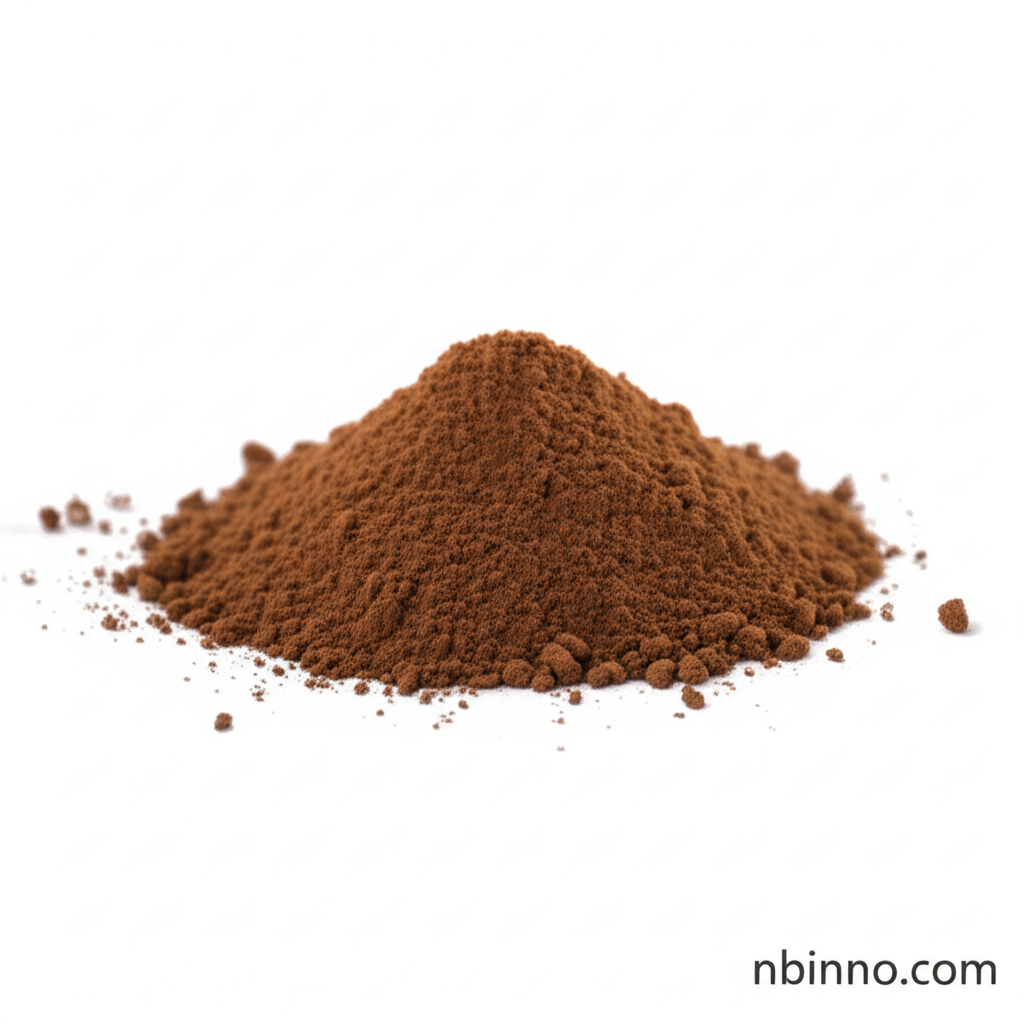Unlock Superior Signal Amplification with Biotinyl Tyramide
Significantly enhance your detection sensitivity for low-abundance targets in critical biological assays.
Get a Quote & SampleProduct Core Value

Biotinyl Tyramide
Biotinyl Tyramide is a critical reagent for advanced signal amplification in biological research. It is widely employed in techniques such as Tyramide Signal Amplification (TSA), enabling researchers to achieve significantly higher detection sensitivity for targets that are present in low quantities. This leads to clearer results and more reliable data in demanding applications.
- Achieve enhanced detection sensitivity for low-abundance targets using this specialized biotinylation reagent for TSA.
- Leverage HRP-catalyzed deposition to precisely amplify signals directly at the site of interest.
- Adapt seamlessly for various applications including immunohistochemistry (IHC), immunocytochemistry (ICC), and fluorescent in situ hybridization (FISH).
- Facilitate multiplex multicolor detection, overcoming limitations of traditional methods and allowing for more complex analyses.
Key Advantages of Biotinyl Tyramide
Unparalleled Sensitivity
Experience up to 100-fold signal enhancement compared to conventional methods, making it easier to visualize and quantify even the faintest signals, crucial for understanding low-abundance target detection.
Versatile Application Compatibility
Easily integrate this reagent into your existing workflows for immunohistochemistry applications and in situ hybridization signal amplification, ensuring broad utility.
Streamlined Workflow
The HRP-catalyzed deposition process offers a robust and reproducible method, simplifying experimental setup and improving the overall biotinyl tyramide signal amplification efficiency.
Key Applications
Immunohistochemistry (IHC)
Enhance the detection of specific antigens in tissue sections, crucial for precise cellular and tissue analysis with biotinylation reagent for TSA.
Fluorescent In Situ Hybridization (FISH)
Boost the fluorescent signal from nucleic acid probes, enabling more sensitive visualization of genetic material and chromosomal abnormalities.
Immunofluorescence (IF) and ICC
Improve the visualization of cellular targets with greater clarity and reduced background noise, utilizing the benefits of fluorescence microscopy reagents.
Proximity Labeling Assays
Serve as a substrate for APEX proximity labeling, broadening its utility in mapping protein interactions and cellular environments.
